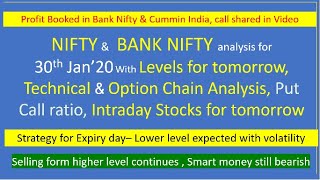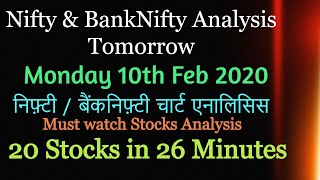Thursday, 25 December, 2025г.
















Где искать: по сайтам Запорожской области, статьи, видео ролики
пример: покупка автомобиля в Запорожье
7. Symmetrical Triangles
Learn what Symmetrical triangles are and how to identify them. We teach how to trade them in the next video.
Visit http://marketscientist.in
Playlist: https://www.youtube.com/playlist?list=PLuRweNNPSCphrbR-TH1V9Z-B8eiV-qA2i
Transcript:
Hello and welcome back so in this episode we are going to learn about symmetrical triangles the continuation pattern. Now you can see on the right here that there are four major kinds, now if you are wondering where are the rest, there are more but we won't be discussing them, you see most of the other patterns are basically variations of these, so there is no point of learning hundreds of patterns and not learning how to trade them. We have discussed in previous videos that it is more important to learn a few things than mast them than try to be a jack of all trades. So let's move on so what is a symmetrical triangle?
A symmetrical triangle is when prices converge at a central point, you see this has happens because the bulls and the bears are both at a decision point. The bears are absolutely sure that the prices are going to fall and the bulls are absolutely sure that the prices are going to rise, now whether that happens or not is an open question because you see a pattern does not develop because people want it to, it happens because of certain situations. Now in this situation of our symmetrical triangle every time the market rallies the bears sold short, or started to sell and every-time the market dipped the bulls bought. Now this turns out that every new sequential peak is lower than the last giving us the Upper trendline and every new sequential trough is higher than the last giving us the Lower trend line. Now once you have reached the edge of the pattern a decision needs to be made. Now suppose we are in an uptrend and we get a continuation pattern, we know that the markets need to continue up so if we break out the BEARS who were short selling will now start to buy, further fuelling the rise upwards.
Now, I wanted to share something, over the years of trading the stock market and seeing this pattern develop in thousands of stocks, now I'm talking about a more India centric outlook on this pattern. It seems to work extremely well in downtrends. If you open a chart of say Axis bank or Nifty Bank nifty Reliance or even Tata Steel you will see that mostly on the 15 or 30min charts you will get a symmetrical triangle in a downtrend and most of the time it will work. We do get these in uptrends as well but most of the time in Indian markets you will either get a Flag or a breakdown failure and prices will continue to move up.
A symmetrical triangle is sort of a rarity in an uptrend in the Indian stock market is what I have seen so far. I hope that little tip helps.
So now let's look at a few examples of symmetrical triangles, what we see here is a 30min chart of IDFC. This chart as you can see was in a downtrend then we got some sideways bars but If you look a little closer these bars have actually formed trend lines on the upper and lower part giving us our symmetrical triangle and we get a breakdown bar continuing the trend down and falling quite a bit and earning some money for intraday traders.
The next example I have is Reliance Communications. We have the same situation here a downtrend and a symmetrical triangle over here. This is a little more difficult to spot because we have one breakout bar that is green which tried to break out. Since we know we are not supposed to buy in downtrends, especially when we get a continuation pattern we would not have taken that buy. Instead we eventually broke down and continued falling and it's quite a beautiful chart but this is on the 15mins.
One more example, this is Reliance and it has the same story. It was in an uptrend, you cannot see that part but it had just shifted into a gradual down-move and we got the symmetrical triangle which broke down and continued to fall.
So this is what a symmetrical triangle looks like, I hope you can indentify one because in the next video we will learning how we can put on trades and finally start earning money from it. Make sure trend context is king and also money management is what's going to make you that money.
See you in the next video
Теги:
Forex nifty futures strategy India (Country) trading indian stock market mcx daytrading marketscientist Prateek Singh chart patterns optionstrategies nifty
Похожие видео
Мой аккаунт


 У вашего броузера проблема в совместимости с HTML5
У вашего броузера проблема в совместимости с HTML5


